When Reheating Leftovers, Take a Little Extra Care
Freshly cooked meals we love. Leftovers not so much. They’re a little harder to love. At least at our house. I’ve found out the hard way, that when reheating leftovers, it takes a little extra care.
Since some of you might feel a similar trepidation around serving up leftovers, I share “The Secrets to Reheating Leftovers So They Don’t Taste Like Crap!” I thank lifestyle and food writers, Talia Koren and DeVonne Goode, for this helpful information (www.greatist.com).
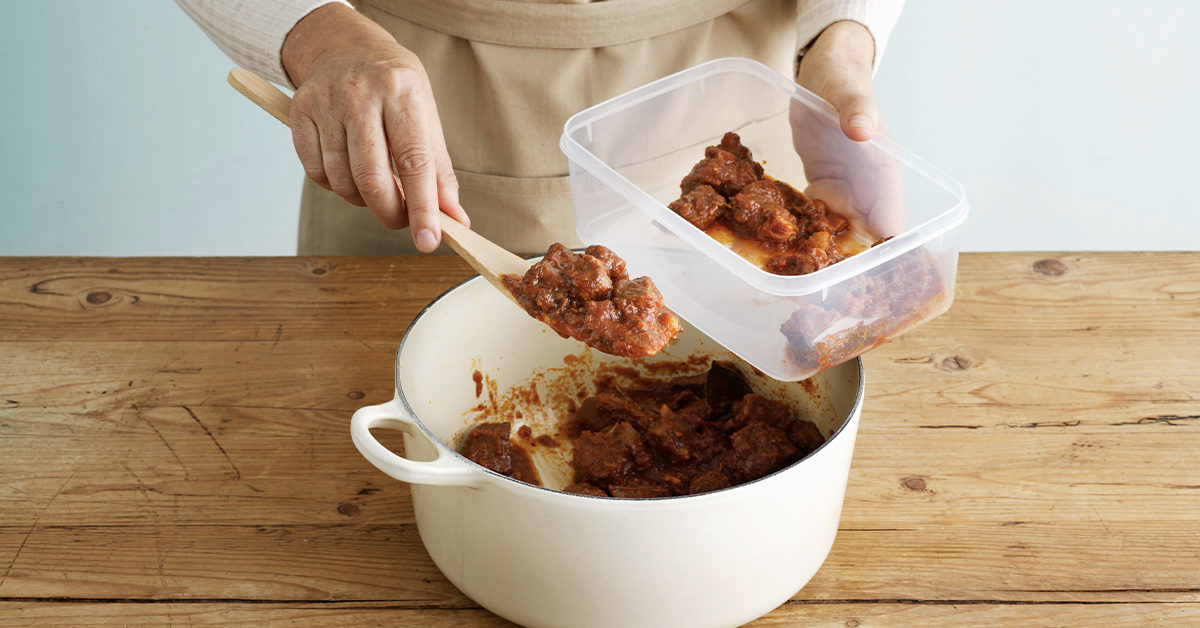
Here’s what they say regarding savvy ways to use the oven, microwave, and stovetop to turn out leftovers that taste as good as their first time around.
REHEATING RED MEAT AND CHICKEN CORRECTLY: It’s too easy end up with a rubbery, dried-out lunch or dinner. Thus, take a little extra care with:
The oven. This should be your first choice over the microwave. Reheat meat on LOW (200°F to 250°F) and smear some oil or butter over it to keep it moist. Although this approach takes the longest (around 10 to 15 minutes, due to waiting for the oven to preheat), the results make it worth the wait.
The microwave. But, if you’re in a screaming hurry, then before nuking, pour a smidge of water or broth on the meat (to help it stay moist), or keep the dish covered with a microwave-safe lid. You can zap meat for up to 2 minutes before it becomes a sad waste of food, IF it’s pre-moistened.
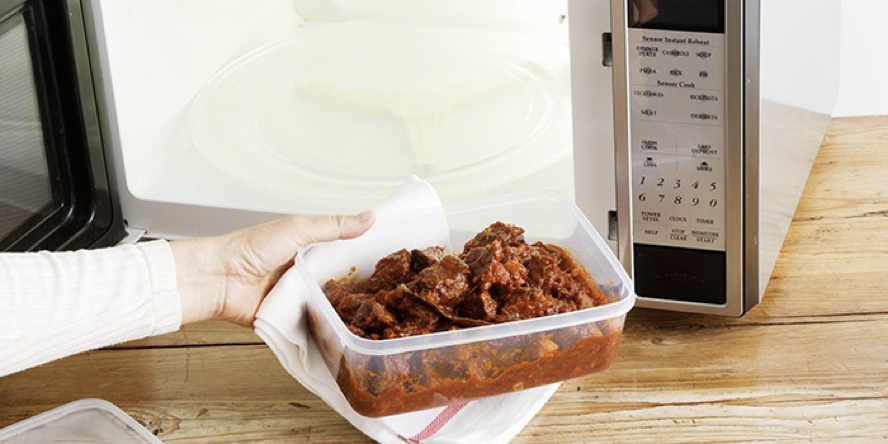
The stovetop. CRUCIAL: keep heat low to avoid overcooking. Before placing meat in the pan, add some oil or butter. And then to retain even more moisture, cover the pan. This method takes around 5 minutes. Flip the meat halfway through to ensure even heating.
REHEATING FISH CORRECTLY: Here, pay closer attention to thickness. Any fish more than an inch thick (think salmon and tuna), will retain its texture and flavor better than thinner cuts (such as trout). Thus, take a little care with:
The oven. Wrap it in foil; place it on a baking sheet; bake at 275°F about 10 minutes. Don’t overbake. Your goal is simply to heat it through. To check for doneness, stick a fork in the center, hold it there for 5 seconds, then touch the fork to your tongue. If the fork is cold, it needs more time, obviously.
The microwave. The microwave works well here if your fish is un-breaded. Just be sure to sprinkle a little bit of water or oil on the fish and cover it before zapping.
Taking more effort than oven reheating, the best way to do this is in quick bursts of gradually increasing heat. Annoying, but it works. Start by reheating on LOW power for 20 seconds; remove then return it; repeat for 1 minute. Finish by increasing the power to MEDIUM and cooking for 20 seconds; remove then return it; repeat for 1 more minute.
Tedious, maybe, but the result is fish that remains tender and tasty.
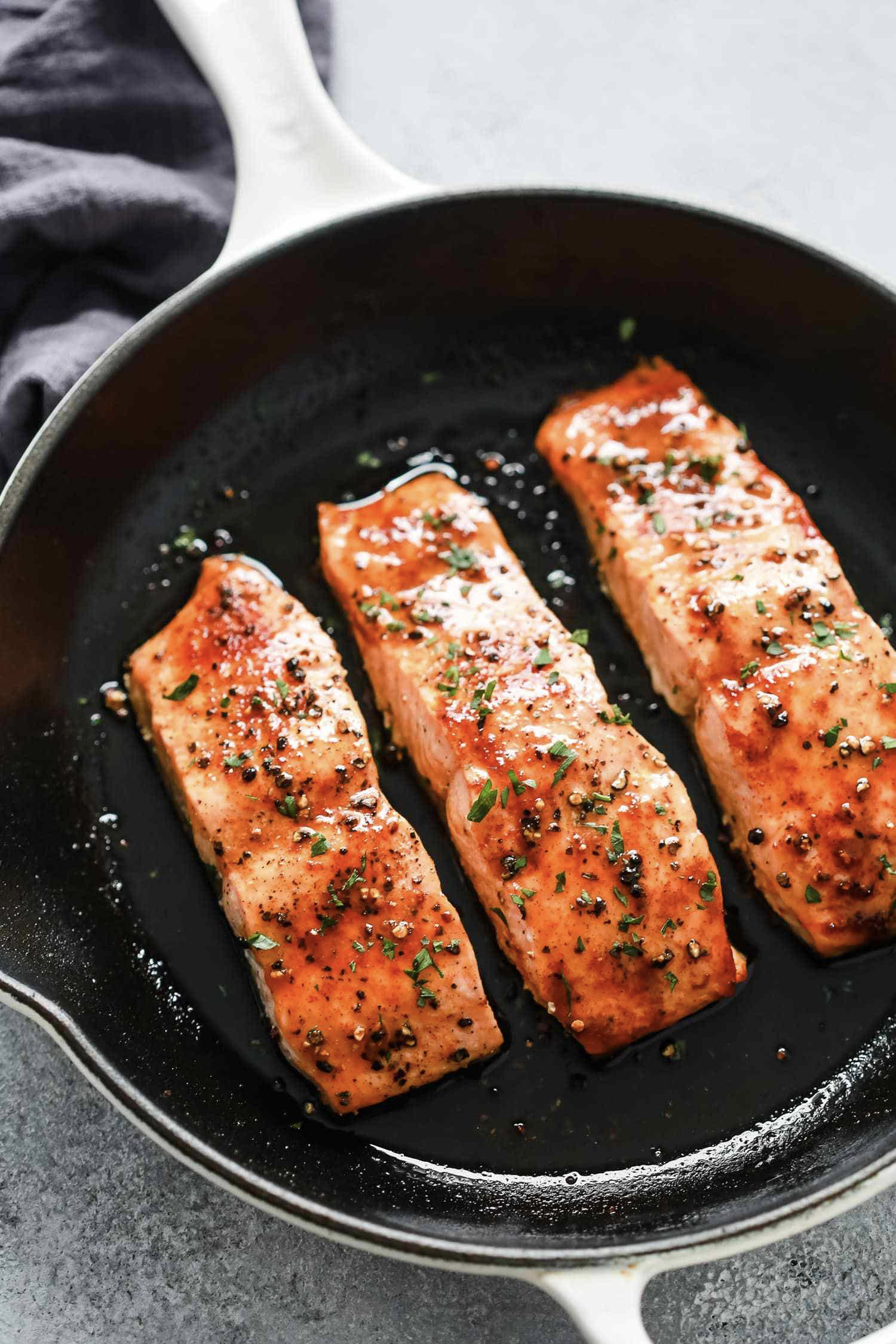
The stovetop. Place a little bit of oil and the fish in your pan. Cover and cook over medium to low heat. Check every few minutes or so to see if it’s reheated to your liking.
REHEATING BAKED, FRIED, OR ROASTED FOOD CORRECTLY: Use extra care with these foods because anything baked, fried, or roasted will get soggy from retained moisture when reheated.
The oven—the broiler, specifically. This is the best method for flavor and texture retention for anything roasted, especially veggies. Lay leftovers on a baking sheet and place it under a preheated broiler for 1 to 3 minutes on each side. No added oil needed. Doing it this way will make your veggies (or any other crispy food) even crispier. Watch carefully; broilers scorch food quickly.
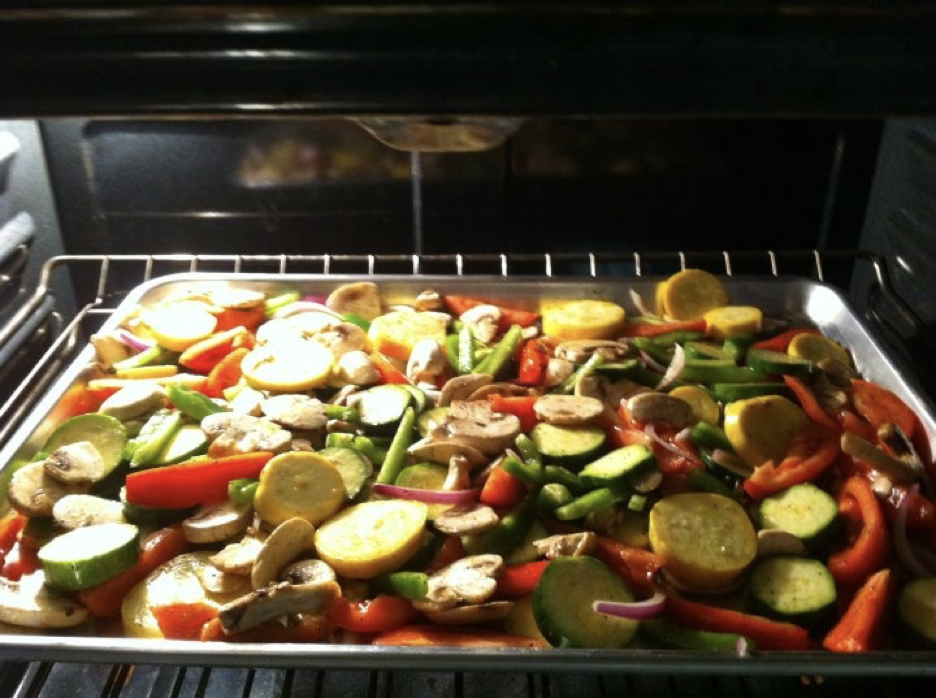
The toaster oven is the best way to reheat anything in this category—being energy efficient and more convenient than a normal oven. Five to 10 minutes at 350°F will do. If your dish incudes cheese, topping with a little bit of fresh cheese will increase the freshness factor.
The microwave. Here again, the microwave should be your last resort. If you must use it, put a half-filled microwave-safe cup of water next to the food you’re microwaving to soak up extra moisture. It sounds weird, but in a pinch it works.
The stovetop. DON’T overheat, as this causes breaded exteriors to taste bitter. The best way: use an oil that has a high smoke point, like peanut oil, and place the breaded food in a large pan so food has plenty of space. (Breaded anything, if touching while reheating, turns moist and soggy.) Flip the food so it reheats evenly (taking about 3 minutes on each side).
REHEATING SAUTEED, STIR-FRIED, OR STEAMED FOOD CORRECTLY. Easy one-pan and one-pot meals are also easy to reheat. Casseroles are also included in this category (even though they’re baked). The Oven. Not optimal for a stir-fry or anything sauteed or steamed, but works well for casseroles. Keep the heat low (200 to 250°F). Cover with foil or an oven-safe lid until the last few minutes to retain moisture and freshness. Reheating veggies in the oven doesn’t take as long as meat, so check for doneness after 10 minutes.
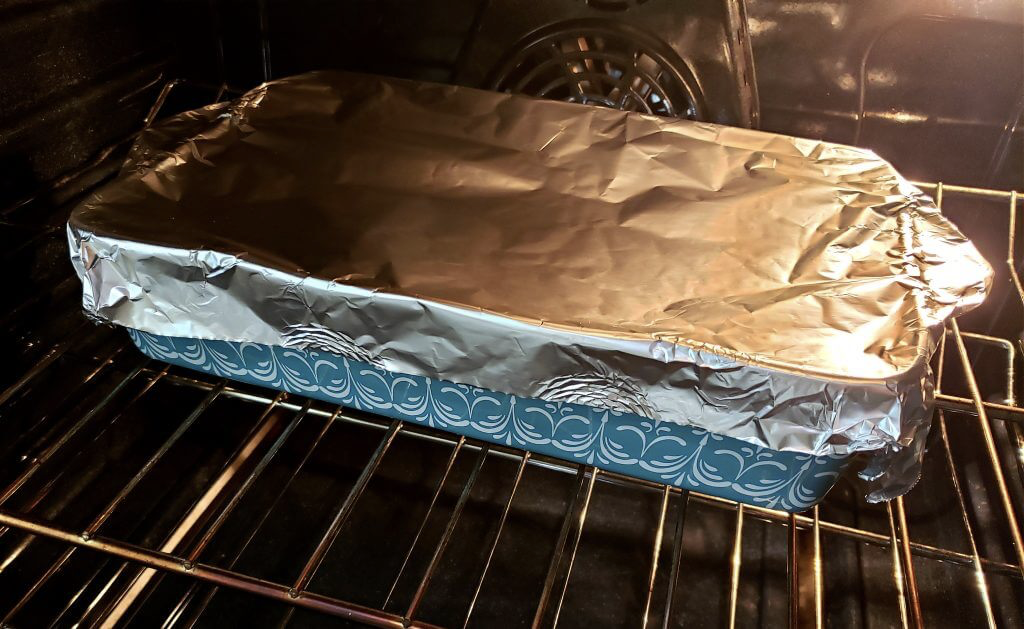
The microwave. Microwave reheating is both a science and an art. The best practice is to spread the food out in an even layer and cover it with a damp paper towel, or sprinkle a tiny bit of water over the dish before zapping. This creates steam which protects things from drying out. For even reheating, stir occasionally.
If heating different types of food together, consider nuking each for different lengths of time. For example, as chicken or fish takes longer to reheat than vegetables, add the veggies last to prevent overcooking.
The stove. It’s a great option for reheating a stir-fry dish or any sauteed veggies. Add an oil and reheat the food on low to medium heat to avoid overcooking. Be sure to stir frequently for even heating.
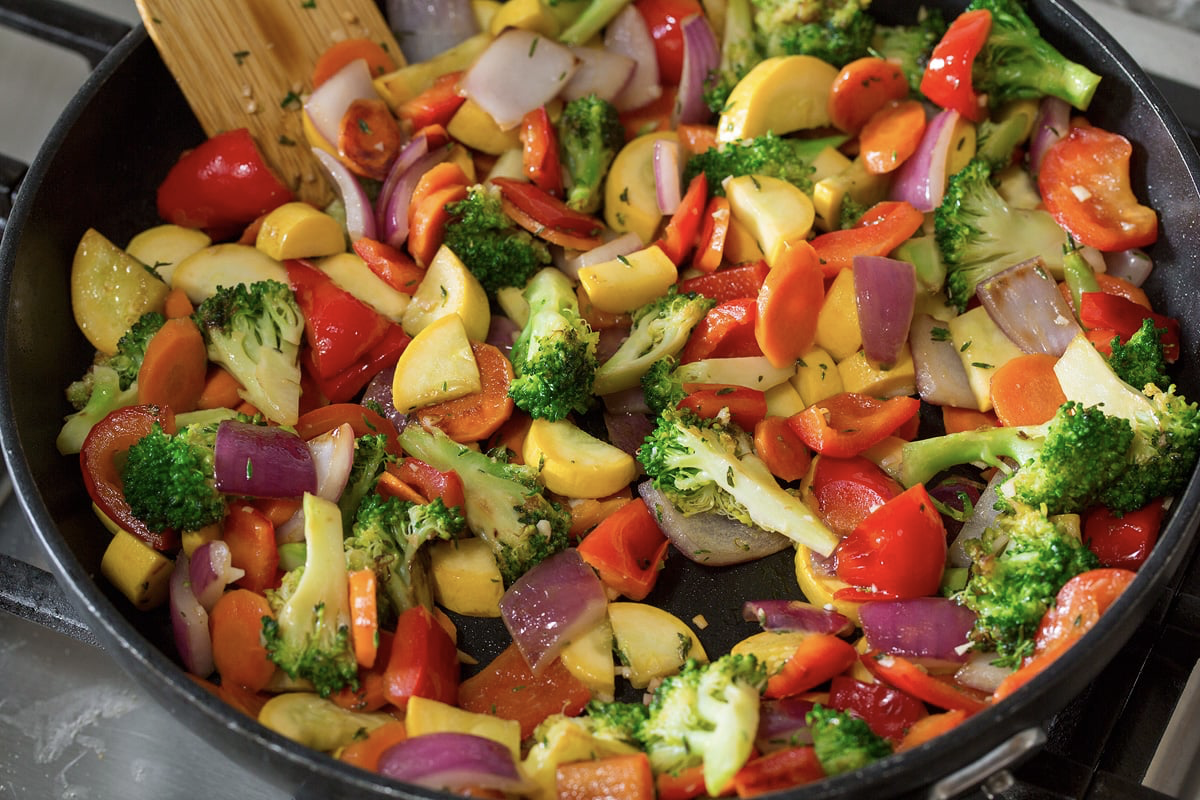
Bottom line: While hot meals are the preference, the quickest reheating method isn’t always the best. Hot isn’t the only goal; flavorful, moist food with a pleasing texture is also important. This means giving each category of leftover a little extra care.
Since some of you might feel a similar trepidation around serving up leftovers, I share “The Secrets to Reheating Leftovers So They Don’t Taste Like Crap!” I thank lifestyle and food writers, Talia Koren and DeVonne Goode, for this helpful information (www.greatist.com).

Here’s what they say regarding savvy ways to use the oven, microwave, and stovetop to turn out leftovers that taste as good as their first time around.
REHEATING RED MEAT AND CHICKEN CORRECTLY: It’s too easy end up with a rubbery, dried-out lunch or dinner. Thus, take a little extra care with:
The oven. This should be your first choice over the microwave. Reheat meat on LOW (200°F to 250°F) and smear some oil or butter over it to keep it moist. Although this approach takes the longest (around 10 to 15 minutes, due to waiting for the oven to preheat), the results make it worth the wait.
The microwave. But, if you’re in a screaming hurry, then before nuking, pour a smidge of water or broth on the meat (to help it stay moist), or keep the dish covered with a microwave-safe lid. You can zap meat for up to 2 minutes before it becomes a sad waste of food, IF it’s pre-moistened.

The stovetop. CRUCIAL: keep heat low to avoid overcooking. Before placing meat in the pan, add some oil or butter. And then to retain even more moisture, cover the pan. This method takes around 5 minutes. Flip the meat halfway through to ensure even heating.
REHEATING FISH CORRECTLY: Here, pay closer attention to thickness. Any fish more than an inch thick (think salmon and tuna), will retain its texture and flavor better than thinner cuts (such as trout). Thus, take a little care with:
The oven. Wrap it in foil; place it on a baking sheet; bake at 275°F about 10 minutes. Don’t overbake. Your goal is simply to heat it through. To check for doneness, stick a fork in the center, hold it there for 5 seconds, then touch the fork to your tongue. If the fork is cold, it needs more time, obviously.
The microwave. The microwave works well here if your fish is un-breaded. Just be sure to sprinkle a little bit of water or oil on the fish and cover it before zapping.
Taking more effort than oven reheating, the best way to do this is in quick bursts of gradually increasing heat. Annoying, but it works. Start by reheating on LOW power for 20 seconds; remove then return it; repeat for 1 minute. Finish by increasing the power to MEDIUM and cooking for 20 seconds; remove then return it; repeat for 1 more minute.
Tedious, maybe, but the result is fish that remains tender and tasty.

The stovetop. Place a little bit of oil and the fish in your pan. Cover and cook over medium to low heat. Check every few minutes or so to see if it’s reheated to your liking.
REHEATING BAKED, FRIED, OR ROASTED FOOD CORRECTLY: Use extra care with these foods because anything baked, fried, or roasted will get soggy from retained moisture when reheated.
The oven—the broiler, specifically. This is the best method for flavor and texture retention for anything roasted, especially veggies. Lay leftovers on a baking sheet and place it under a preheated broiler for 1 to 3 minutes on each side. No added oil needed. Doing it this way will make your veggies (or any other crispy food) even crispier. Watch carefully; broilers scorch food quickly.

The toaster oven is the best way to reheat anything in this category—being energy efficient and more convenient than a normal oven. Five to 10 minutes at 350°F will do. If your dish incudes cheese, topping with a little bit of fresh cheese will increase the freshness factor.
The microwave. Here again, the microwave should be your last resort. If you must use it, put a half-filled microwave-safe cup of water next to the food you’re microwaving to soak up extra moisture. It sounds weird, but in a pinch it works.
The stovetop. DON’T overheat, as this causes breaded exteriors to taste bitter. The best way: use an oil that has a high smoke point, like peanut oil, and place the breaded food in a large pan so food has plenty of space. (Breaded anything, if touching while reheating, turns moist and soggy.) Flip the food so it reheats evenly (taking about 3 minutes on each side).
REHEATING SAUTEED, STIR-FRIED, OR STEAMED FOOD CORRECTLY. Easy one-pan and one-pot meals are also easy to reheat. Casseroles are also included in this category (even though they’re baked). The Oven. Not optimal for a stir-fry or anything sauteed or steamed, but works well for casseroles. Keep the heat low (200 to 250°F). Cover with foil or an oven-safe lid until the last few minutes to retain moisture and freshness. Reheating veggies in the oven doesn’t take as long as meat, so check for doneness after 10 minutes.

The microwave. Microwave reheating is both a science and an art. The best practice is to spread the food out in an even layer and cover it with a damp paper towel, or sprinkle a tiny bit of water over the dish before zapping. This creates steam which protects things from drying out. For even reheating, stir occasionally.
If heating different types of food together, consider nuking each for different lengths of time. For example, as chicken or fish takes longer to reheat than vegetables, add the veggies last to prevent overcooking.
The stove. It’s a great option for reheating a stir-fry dish or any sauteed veggies. Add an oil and reheat the food on low to medium heat to avoid overcooking. Be sure to stir frequently for even heating.

Bottom line: While hot meals are the preference, the quickest reheating method isn’t always the best. Hot isn’t the only goal; flavorful, moist food with a pleasing texture is also important. This means giving each category of leftover a little extra care.
Sources:
www.healthline.com
www.bbcgoodgood.com
www.primaverakitchen.com
www.pinterest.com
www.juliassimplysouthern.com
www.cookingclassy.com
 Alice Osborne
Alice Osborne
Weekly Newsletter Contributor since 2006
Email the author! alice@dvo.com
